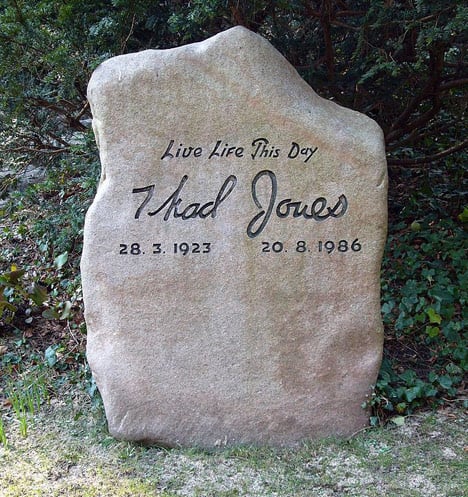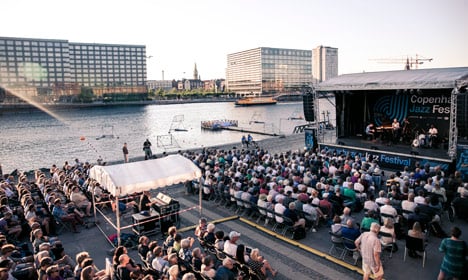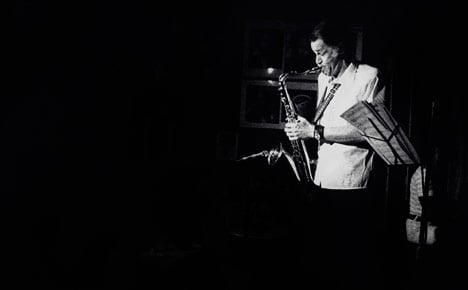
Thad Jones's grave in Vestre Kirkegård. Photo: Public domain
Ben Webster's grave at Assistens Kirkegård. Photo: Marie-Jeannette/WikiCommons

The Joshua Redman Quartet perform in 2014. Photo: Copenhagen Jazz Festival
In January 1979, with no warning and to the great surprise of his band, Thad Jones, jazz trumpeter and composer, abandoned his residency at the Village Vanguard, New York, and moved straight to Denmark.



Member comments